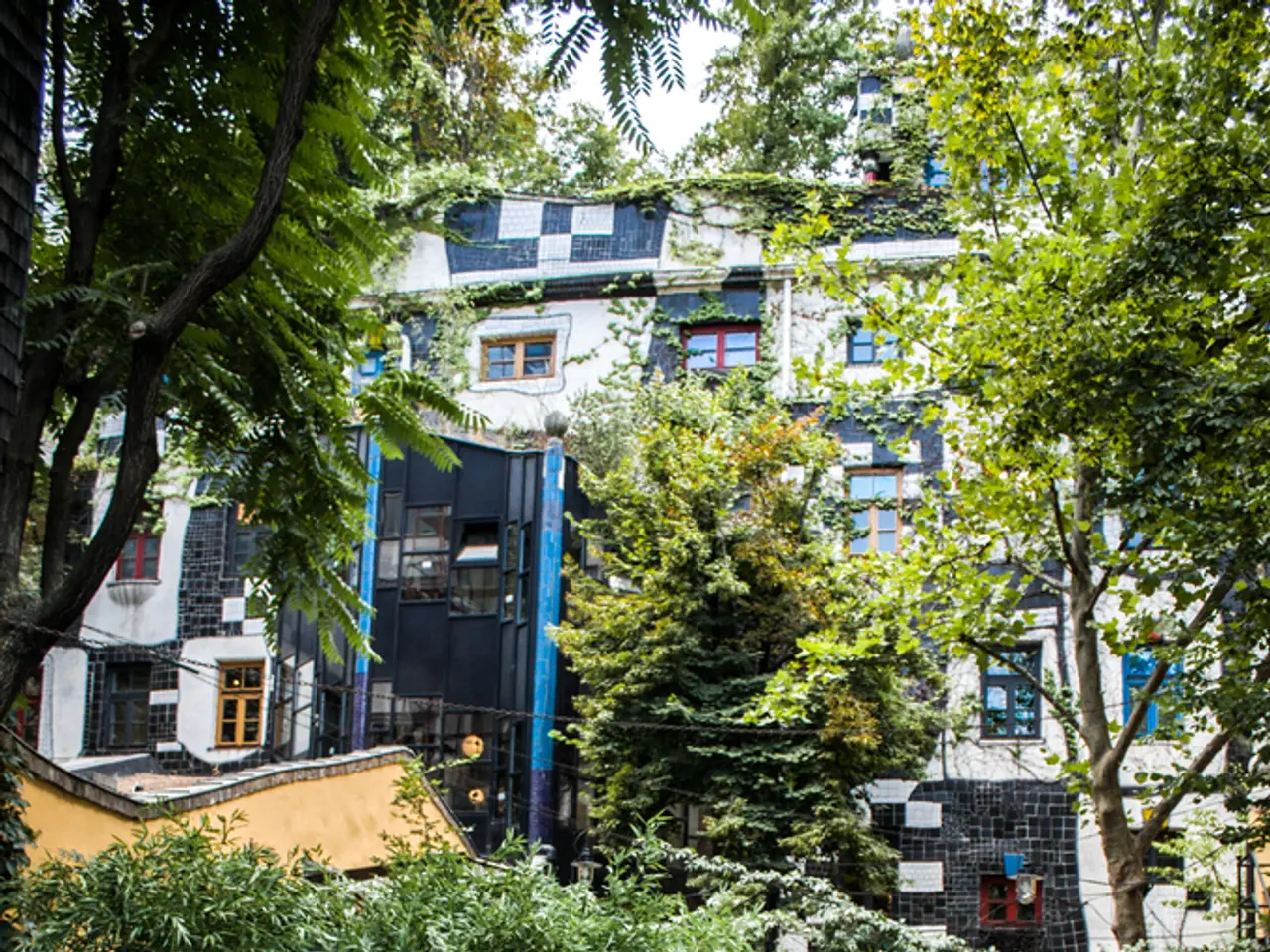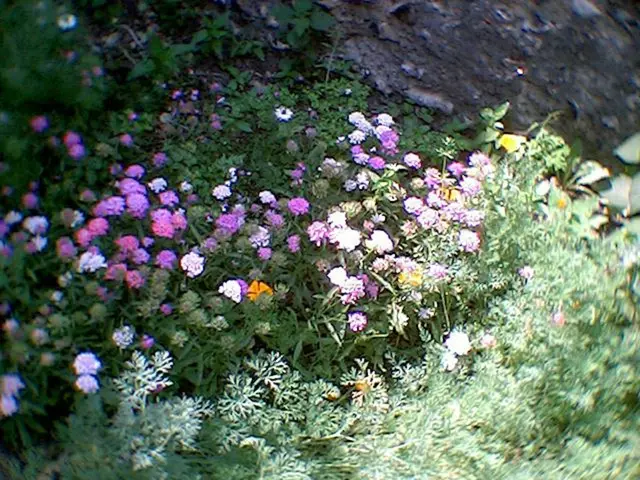Strategies for Temperature Regulation in Permanent Agriculture Dwellings and Greenhouses using Natural Methods
Passive cooling is a sustainable method used in green homes and greenhouses to maintain optimal temperatures without the need for excessive energy consumption. This approach relies on natural energy sources such as wind, outside air, and soil to cool down the environment.
In the context of greenhouse designs, the best practices involve a combination of architectural strategies, material choices, and environmental interaction. Here are some key methods:
Cross-Ventilation
Designing openings (vents, windows) to enable airflow through the greenhouse is crucial. This natural process helps remove heat and improves air circulation, reducing the need for active cooling.
Reflective Surfaces and Materials
Using light-colored or reflective coverings, such as whitewashed or reflective membranes on roofs and walls, minimizes solar heat absorption and lowers surface temperatures.
Shading and Nature-Based Solutions
Applying shade cloths, thermal curtains, and integrating vegetation or green roofs can help reduce direct solar radiation entering the greenhouse.
Thermal Mass and Insulation
Incorporating thick walls or thermal mass materials that absorb heat during the day and release it slowly at night, moderates temperature swings.
Evaporative Cooling Elements
Adding features like mist systems, water walls, fountains, or pools near or inside the greenhouse leverages evaporation-induced cooling.
Radiative Cooling Techniques
Designing to expose parts of the greenhouse to the night sky for long-wave infrared radiation heat dissipation, and using specialized coatings that enhance passive radiative cooling, are other effective strategies.
Automated Ventilation Controls
Employing smart sensors and automated openings that regulate airflow based on temperature and humidity inside the greenhouse, improves efficiency and plant protection.
Design Optimization Tools
Utilizing parametric modeling, computational fluid dynamics (CFD), and thermal simulations can help tailor passive cooling design to the specific climate and site conditions, ensuring optimal performance.
By integrating these strategies, greenhouse designs can reduce internal temperature buildup, maintaining better thermal comfort for plants and reducing reliance on energy-consuming active cooling systems.
Additionally, incorporating thermal mass in structures, like concrete, stone, or water, and using water features like reflecting ponds, fountains, or ponds can cool the air by evaporation, further enhancing passive cooling.
These methods combine traditional passive cooling principles—such as courtyards, thick thermal mass, and natural ventilation—with modern innovations like smart controls and advanced materials to maximize cooling efficacy in greenhouse environments.
- In line with sustainable lifestyle choices and environmental-science principles, green home-and-garden designs can benefit from adopting passive cooling methods, much like those seen in greenhouses.
- To promote biodiversity and combat climate-change, the integration of data-and-cloud-computing tools, such as parametric modeling and computational fluid dynamics, can optimize passive cooling designs for specific sites and climates.
- By incorporating evaporative cooling elements, like mist systems or water walls, homeowners can take advantage of a natural, water management technique that cools their homes passively during the warm seasons.
- Combining the use of reflective surfaces and materials with shading and nature-based solutions, such as shade cloths or green roofs, can reduce solar heat absorption in homes, creating a cooler, more energy-efficient living environment.
- Deploying automated ventilation controls and smart sensors that regulate airflow based on temperature and humidity levels can lead to improved energy efficiency and enhanced protection for plants within both greenhouses and homes.




